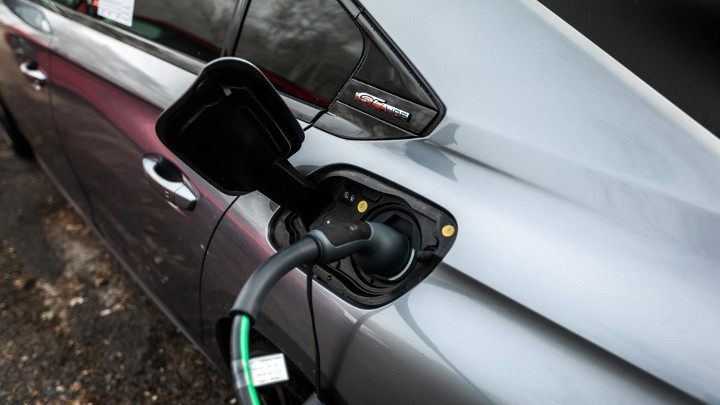
Electric Vehicles
To far, the growth of EV charging infrastructure has been focused mostly in urban regions and along major roads, resulting in a rate of EV adoption in rural areas that is around 40% lower than in urban areas.
By bridging this gap, rural areas may more rapidly reap the economic advantages of EV charging stations, health benefits from cleaner air, and environmental benefits from reduced greenhouse gas emissions.
Three Major Positive Outcomes of EV Investment
Development in Local Economies
With the present range limitations of EVs, such drivers may be particularly aware of the location of charging stations along their journeys.
As recharging an EV may take a long time, even with fast electric vehicle charging stations in India, those who use them may try to make the most of their downtime by visiting nearby businesses, parks, and attractions while they wait.
By installing EV charging stations, rural areas may attract regional tourists in EVs and maintain connectivity to the larger EV charging network, which is good for the locals and visitors alike and generates income for local businesses.
To achieve these results may need significant investment in charging infrastructure; however, most of this expense may be funded by a number of financing options. In order to encourage the widespread adoption of electric vehicles (EVs), governments and non-profits often provide financial aid for their purchase, installation, and maintenance. To learn more about federal financing schemes that may help organizations budget for and buy electric vehicle charging infrastructure, check out Funding and Financing for electric vehicle charging stations in India in Rural Areas.
Advantages to Health
Vehicles powered by internal combustion engines contribute to air pollution, which has negative effects on human health. Plug-in hybrid electric cars create some pollutants while running on fuel, but less than similarly sized conventional vehicles when running on battery power alone. Hence, EVs may improve health by lowering pollution levels around rural residences and businesses.
Reduced Emissions of Greenhouse Gases
More than any other sector in the India, the transportation industry accounts for 57 percent of total GHG emissions, with around 60 percent of those emissions attributable to private automobile usage. Electric vehicles produce much less greenhouse gas emissions than conventional cars, particularly if their charging electricity comes from renewable sources like hydroelectric, solar, or wind power. Electrifying the transportation sector may help achieve national emission reduction targets and aid in the fight against climate change.
One way that climate change is making itself known is via the increasing frequency and intensity of natural disasters, such as wildfires, storms, and floods, as well as heat waves and droughts, particularly in rural regions.
Conclusion
Increasing employment in the EV manufacturing sector might help guarantee that the economic advantages of EVs are shared fairly by all segments of society, including those in urban and rural areas, communities of color, and those who have historically been underserved. To ensure that communities get the most benefits of EV investment and job increases, many studies have evaluated various strategies.






